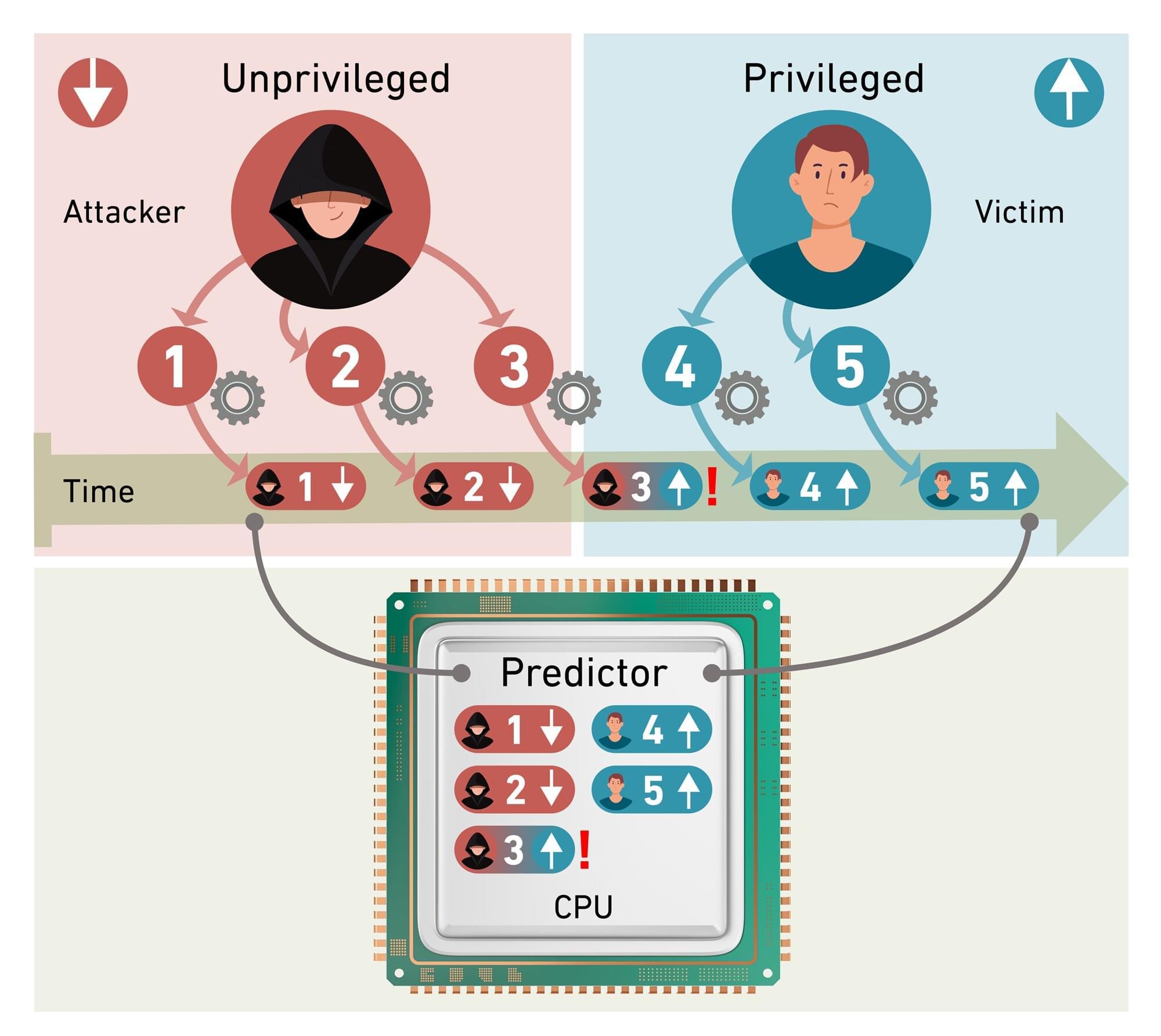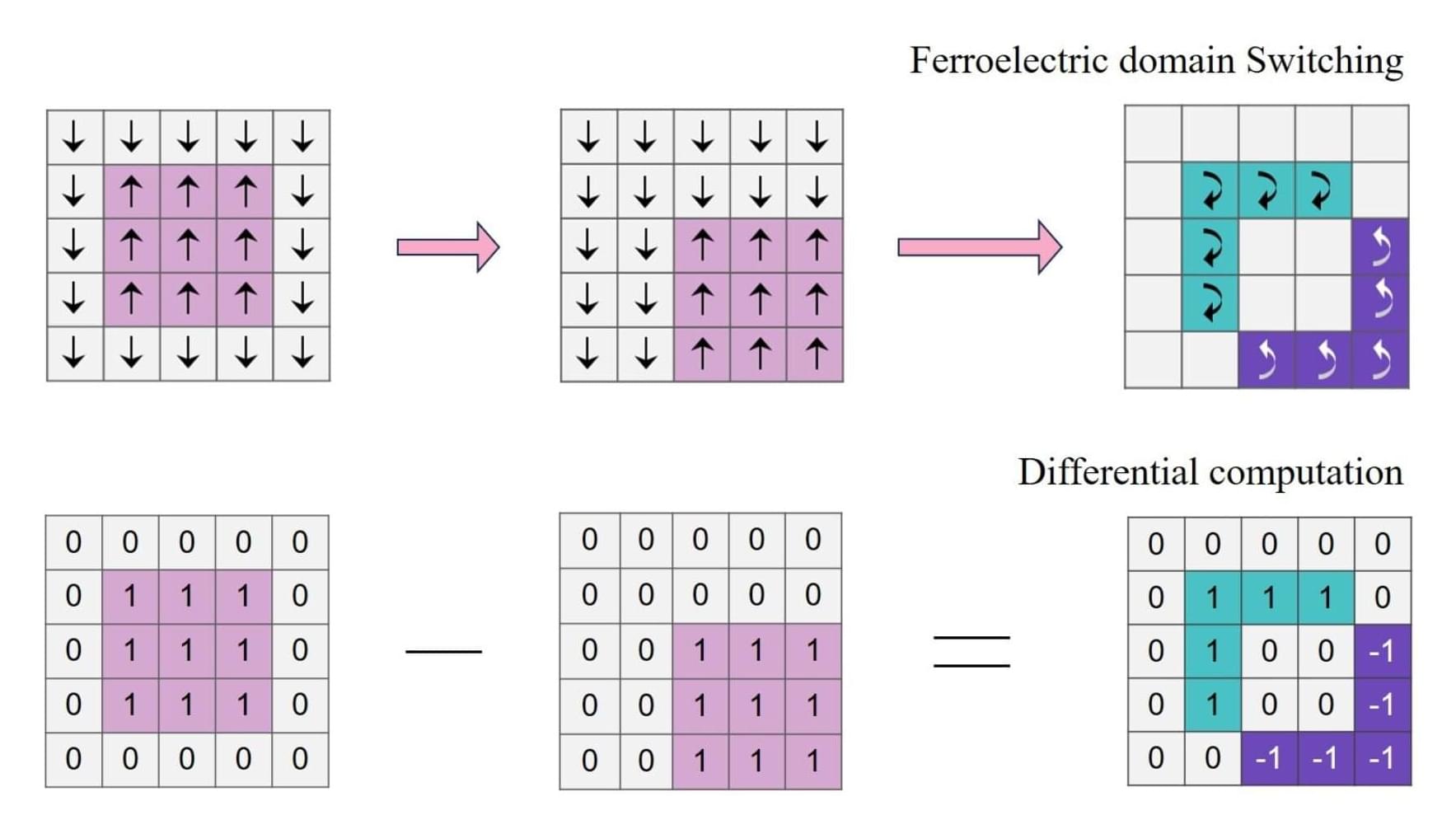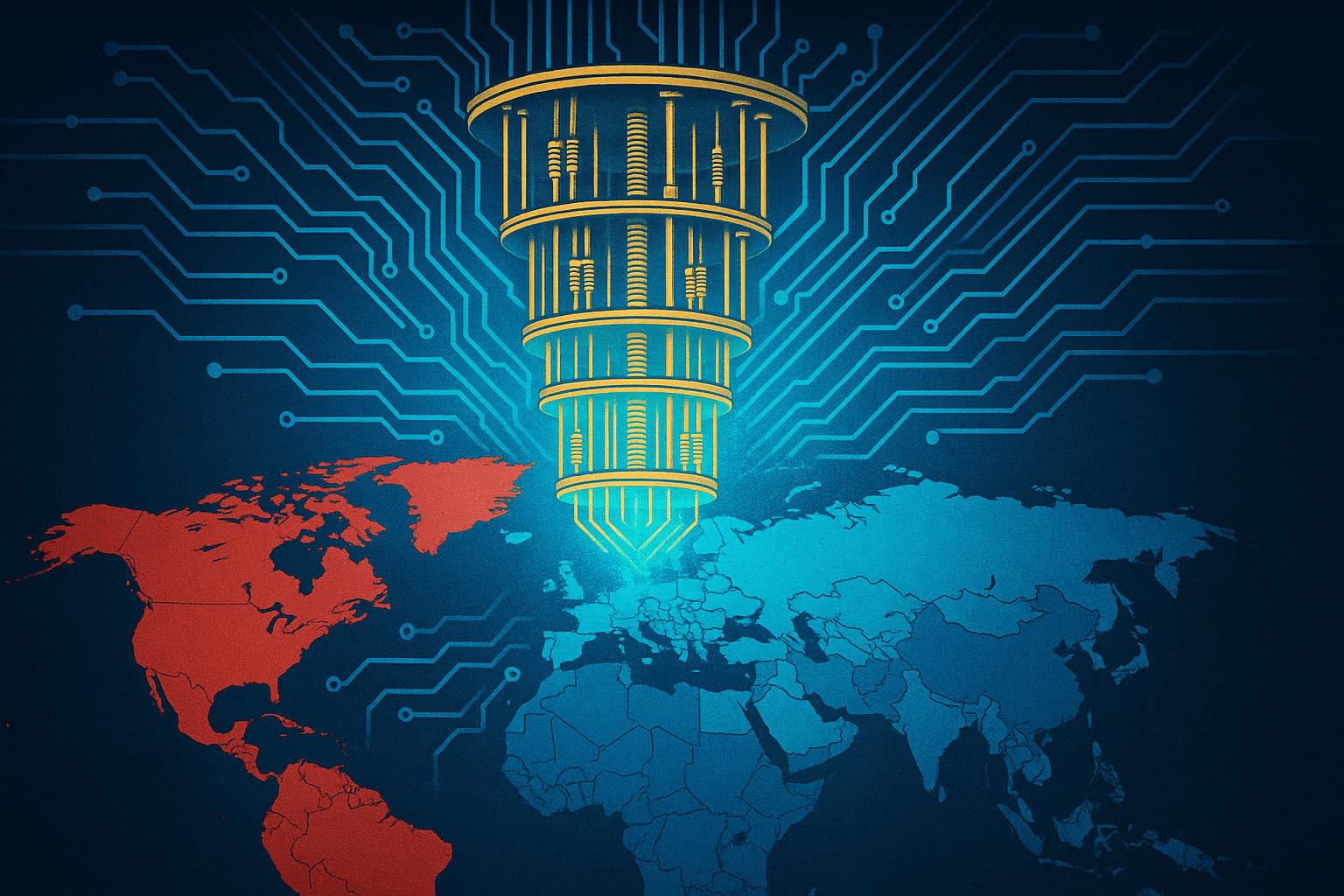AI surveillance, AI surveillance systems, AI surveillance technology, AI camera systems, artificial intelligence privacy, AI tracking systems, AI in public surveillance, smart city surveillance, facial recognition technology, real time surveillance ai, AI crime prediction, predictive policing, emotion detecting ai, AI facial recognition, privacy in AI era, AI and data collection, AI spying tech, surveillance capitalism, government surveillance 2025, AI monitoring tools, AI tracking devices, AI and facial data, facial emotion detection, emotion recognition ai, mass surveillance 2025, AI in smart cities, china AI surveillance, skynet china, AI scanning technology, AI crowd monitoring, AI face scanning, AI emotion scanning, AI powered cameras, smart surveillance system, AI and censorship, privacy and ai, digital surveillance, AI surveillance dangers, AI surveillance ethics, machine learning surveillance, AI powered face id, surveillance tech 2025, AI vs privacy, AI in law enforcement, AI surveillance news, smart city facial recognition, AI and security, AI privacy breach, AI threat to privacy, AI prediction tech, AI identity tracking, AI eyes everywhere, future of surveillance, AI and human rights, smart cities AI control, AI facial databases, AI surveillance control, AI emotion mapping, AI video analytics, AI data surveillance, AI scanning behavior, AI and behavior prediction, invisible surveillance, AI total control, AI police systems, AI surveillance usa, AI surveillance real time, AI security monitoring, AI surveillance 2030, AI tracking systems 2025, AI identity recognition, AI bias in surveillance, AI surveillance market growth, AI spying software, AI privacy threat, AI recognition software, AI profiling tech, AI behavior analysis, AI brain decoding, AI surveillance drones, AI privacy invasion, AI video recognition, facial recognition in cities, AI control future, AI mass monitoring, AI ethics surveillance, AI and global surveillance, AI social monitoring, surveillance without humans, AI data watch, AI neural surveillance, AI surveillance facts, AI surveillance predictions, AI smart cameras, AI surveillance networks, AI law enforcement tech, AI surveillance software 2025, AI global tracking, AI surveillance net, AI and biometric tracking, AI emotion AI detection, AI surveillance and control, real AI surveillance systems, AI surveillance internet, AI identity control, AI ethical concerns, AI powered surveillance 2025, future surveillance systems, AI surveillance in cities, AI surveillance threat, AI surveillance everywhere, AI powered recognition, AI spy systems, AI control cities, AI privacy vs safety, AI powered monitoring, AI machine surveillance, AI surveillance grid, AI digital prisons, AI digital tracking, AI surveillance videos, AI and civilian monitoring, smart surveillance future, AI and civil liberties, AI city wide tracking, AI human scanner, AI tracking with cameras, AI recognition through movement, AI awareness systems, AI cameras everywhere, AI predictive surveillance, AI spy future, AI surveillance documentary, AI urban tracking, AI public tracking, AI silent surveillance, AI surveillance myths, AI surveillance dark side, AI watching you, AI never sleeps, AI surveillance truth, AI surveillance 2025 explained, AI surveillance 2025, future of surveillance technology, smart city surveillance, emotion detecting ai, predictive AI systems, real time facial recognition, AI and privacy concerns, machine learning surveillance, AI in public safety, neural surveillance systems, AI eye tracking, surveillance without consent, AI human behavior tracking, artificial intelligence privacy threat, AI surveillance vs human rights, automated facial ID, AI security systems 2025, AI crime prediction, smart cameras ai, predictive policing technology, urban surveillance systems, AI surveillance ethics, biometric surveillance systems, AI monitoring humans, advanced AI recognition, AI watchlist systems, AI face tagging, AI emotion scanning, deep learning surveillance, AI digital footprint, surveillance capitalism, AI powered spying, next gen surveillance, AI total control, AI social monitoring, AI facial mapping, AI mind reading tech, surveillance future cities, hidden surveillance networks, AI personal data harvesting, AI truth detection, AI voice recognition monitoring, digital surveillance reality, AI spy software, AI surveillance grid, AI CCTV analysis, smart surveillance networks, AI identity tracking, AI security prediction, mass data collection ai, AI video analytics, AI security evolution, artificial intelligence surveillance tools, AI behavioral detection, AI controlled city, AI surveillance news, AI surveillance system explained, AI visual tracking, smart surveillance 2030, AI invasion of privacy, facial detection ai, AI sees you always, AI surveillance rising, future of AI spying, next level surveillance, AI technology surveillance systems, ethical issues in AI surveillance, AI surveillance future risks.
Category: security – Page 18

Computer scientists discover new security vulnerability in Intel processors
Anyone who speculates on likely events ahead of time and prepares accordingly can react quicker to new developments. What practically every person does every day, consciously or unconsciously, is also used by modern computer processors to speed up the execution of programs. They have so-called speculative technologies which allow them to execute instructions on reserve that experience suggests are likely to come next. Anticipating individual computing steps accelerates the overall processing of information.
However, what boosts computer performance in normal operation can also open up a backdoor for hackers, as recent research by computer scientists from the Computer Security Group (COMSEC) at the Department of Information Technology and Electrical Engineering at ETH Zurich shows.
The computer scientists have discovered a new class of vulnerabilities that can be exploited to misuse the prediction calculations of the CPU (central processing unit) in order to gain unauthorized access to information from other processor users. They will present their paper at the 34th USENIX Security Symposium (USENIX 2025), to be held August 13–15, 2025, in Seattle.

Ferroelectric RAM performs calculations within memory
In a new Nature Communications study, researchers have developed an in-memory ferroelectric differentiator capable of performing calculations directly in the memory without requiring a separate processor.
The proposed differentiator promises energy efficiency, especially for edge devices like smartphones, autonomous vehicles, and security cameras.
Traditional approaches to tasks like image processing and motion detection involve multi-step energy-intensive processes. This begins with recording data, which is transmitted to a memory unit, which further transmits the data to a microcontroller unit to perform differential operations.

‘Universe’s awkward handshake’: Simplifying high-dimensional quantum information processing using photons
A team of researchers has developed a technique that makes high-dimensional quantum information encoded in light more practical and reliable.
This advancement, published in Physical Review Letters, could pave the way for more secure data transmission and next-generation quantum technologies.
Quantum information can be stored in the precise timing of single photons, which are tiny particles of light.

Emerging Tech Trends 2025
Please see my latest Security & Tech Insights newsletter. Thanks and have a great weekend!
Link.
Dear Friends & Colleagues, please refer to the latest issue of the Security & Tech Insights newsletter. In this issue, several articles highlight emerging tech trends for 2025. Some of these topics were also selected by Forrester’s research on emerging technologies in 2025, which highlights tech that will help drive AI-led innovation while enabling long-term resilience. Thanks for reading and stay safe! Chuck Brooks.
#artificialintelligence #quantum #robotics #emergingtech #tech #trends #space #security | on LinkedIn.

‘Qubits For Peace’: Researchers Warn Quantum Technology Is Deepening The Global Divide
Countries in the Global South risk being left out of the quantum revolution — along with its economic, technological and security benefits — due to growing export controls, siloed research initiatives and national security concerns, a new policy analysis argues.
In the first of a series of articles on quantum technologies published by the policy journal Just Securit y, researchers Michael Karanicolas, of Dalhousie University, and Alessia Zornetta, of UCLA Law, examine how the geopolitics of emerging quantum technologies are replicating long-standing patterns of technological exclusion. The authors argue that absent meaningful interventions, quantum could become another engine of global inequality, one that threatens to lock poorer nations out of the next era of technological and economic development.
The authors trace the roots of this divide to export control regimes that are quickly expanding in response to the strategic potential of quantum systems. Since 2020, governments in the U.S., EU and China have implemented targeted restrictions on quantum-enabling hardware, software, and communications systems.

The Rise of the Humanoid Robotic Machines Is Nearing
By Chuck Brooks.
Source: Forbes
Robotics is now revolutionizing numerous industry sectors through the integration of artificial intelligence, machine learning, and reinforcement learning, as well as advances in computer vision that empower robots to make complicated judgments.
Industrial automation in factories and warehouses has been the main emphasis of robotics for many years because of its efficiency and affordability. These settings are usually regulated, organized, and predictable. Consequently, industries like manufacturing, agriculture, warehouse operations, healthcare, and security have utilized robotics to automate mundane programmable tasks.
Robotics in those and many other industries are becoming more refined and capable with the contributions of new material sciences, and artificial intelligence tools. It now appears that with those advances, we are at the precipice of building functional, dexterous, and autonomous humanoid robots that were once the topic of futurist writing.
AI SHOCKS Again: RoboCOP, AI Police, China’s Killer AI, Microsoft 2B4T, DeepSeek… (April AI News)
This month’s AI news covers major breakthroughs, including humanoid robots that run and think faster than humans, and China deploying real robotic AI police on the streets. We also explore DeepMind accidentally breaking its own AI, Microsoft building its most efficient model yet, and Meta releasing a two-trillion-parameter AI called Llama 4. Plus, DeepSeek’s new self-learning AI, China’s ultra-fast AI agents, and next-gen video generators that look more real than reality are changing the game.
Join our free AI content course here 👉 https://www.skool.com/ai-content-acce… the best AI news without the noise 👉 https://airevolutionx.beehiiv.com/ 🔍 What’s Inside:
- A humanoid robot that runs and thinks faster than humans
- China’s real AI-powered police robots now patrolling streets
- DeepSeek’s new self-learning AI rivaling top-tier models
- DeepMind breaks its own AI with a single prompt
- Microsoft accidentally creates its most efficient AI yet
- Meta releases a massive two-trillion-parameter model
- China unveils ultra-fast AI agents and hyper-real video generators
🎥 What You’ll See:
- Advanced humanoid AI in action
- Robotic cops deployed across Chinese cities
- Self-improving AI models that beat OpenAI in key areas
- DeepMind’s AI failure revealing system vulnerabilities
- Meta’s Llama 4 shaking up the AI model race
- China’s AI creating videos that look better than real life
📊 Why It Matters: From real-world AI deployments to record-breaking models, this month shows how fast AI is evolving—reshaping robotics, security, video generation, and self-learning systems in ways we’ve never seen before. #ai #openai #deepseek.
Get the best AI news without the noise 👉 https://airevolutionx.beehiiv.com/
🔍 What’s Inside:
A humanoid robot that runs and thinks faster than humans.
China’s real AI-powered police robots now patrolling streets.
DeepSeek’s new self-learning AI rivaling top-tier models.
DeepMind breaks its own AI with a single prompt.
Microsoft accidentally creates its most efficient AI yet.
Meta releases a massive two-trillion-parameter model.
China unveils ultra-fast AI agents and hyper-real video generators.
🎥 What You’ll See:
Advanced humanoid AI in action.
Robotic cops deployed across Chinese cities.
Self-improving AI models that beat OpenAI in key areas.
DeepMind’s AI failure revealing system vulnerabilities.
Meta’s Llama 4 shaking up the AI model race.
China’s AI creating videos that look better than real life.
📊 Why It Matters:
From real-world AI deployments to record-breaking models, this month shows how fast AI is evolving—reshaping robotics, security, video generation, and self-learning systems in ways we’ve never seen before.
#ai #openai #deepseek


Single-photon technology powers 11-mile quantum communications network between two campuses
Researchers at the University of Rochester and Rochester Institute of Technology recently connected their campuses with an experimental quantum communications network using two optical fibers. In a new paper published in Optica Quantum, scientists describe the Rochester Quantum Network (RoQNET), which uses single photons to transmit information about 11 miles along fiber-optic lines at room temperature using optical wavelengths.
Quantum communications networks have the potential to massively improve the security with which information is transmitted, making messages impossible to clone or intercept without detection. Quantum communication works with quantum bits, or qubits, that can be physically created using atoms, superconductors, and even in defects in materials like diamond. However, photons—individual particles of light—are the best type of qubit for long distance quantum communications.
Photons are appealing for quantum communication in part because they could theoretically be transmitted over existing fiber-optic telecommunications lines that already crisscross the globe. In the future, many types of qubits will likely be utilized because qubit sources, like quantum dots or trapped ions, each have their own advantages for specific applications in quantum computing or different types of quantum sensing.